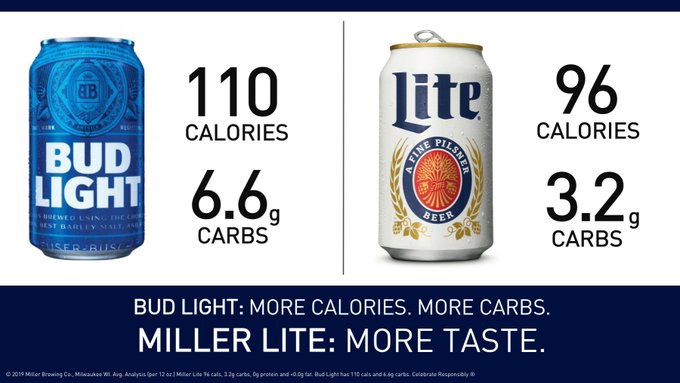Informative advertising goes beyond persuasion, aiming to educate and empower consumers with valuable insights about products, services, and brands. Join us as we uncover the diverse forms of informative advertising and how they effectively engage audiences, build credibility, and foster informed decision-making. Discover how this approach can transform the way you communicate and connect with your target audience.
What is Informative Advertising?
Informative advertising serves as a strategic approach in the realm of marketing, aiming to provide valuable and relevant information to the target audience. Unlike other forms of advertising that solely focus on persuasion, informative advertising prioritises education and awareness. Its primary objective is to equip consumers with accurate and detailed insights about a product, service, or brand, enabling them to make informed decisions.
In this type of advertising, the emphasis lies in conveying facts, features, benefits, and practical applications of the offering. Doing so helps potential customers comprehend the value proposition and utility, fostering a deeper understanding of how the product or service can cater to their needs.
Informative advertising is particularly effective for complex or novel products, as it simplifies intricate concepts and builds credibility by showcasing the brand’s expertise. Ultimately, this approach establishes a foundation of trust between the business and its audience, leading to more confident purchasing choices.
Types of Informative Advertising
Informative advertising comes in various forms, each tailored to effectively convey specific information to the target audience. Some prominent types include:
Product Features and Benefits
This type focuses on highlighting the unique attributes and advantages of a product. It aims to educate consumers about what sets the product apart and how it can enhance their lives.
How-To Guides and Tutorials
Providing step-by-step guides or tutorials demonstrates the effective use of a product or service. This format is common in industries like technology and beauty, where clear instructions can empower customers.
Comparative Advertising
In this approach, a brand directly compares its product or service with competitors’ offerings. This allows consumers to make informed decisions based on a side-by-side evaluation of features and benefits.
Expert Advice and Insights
Brands can establish authority by sharing expert opinions, industry insights, and advice. This type of advertising aims to position the brand as a reliable information source and build trust with the audience.
Educational Content
Creating content that educates the audience about a particular topic relevant to the brand’s offering can establish the brand as a knowledgeable resource. This type of advertising adds value by providing information beyond the product itself.
Infographics and Visual Explanations
Visual aids like infographics, diagrams, and charts can simplify complex information and make it easier for consumers to grasp key details about a product or concept.
Case Studies and Testimonials
Presenting real-life examples of how the product or service solved specific customer problems adds credibility and authenticity. Testimonials from satisfied users provide social proof.
Whitepapers and Research Reports
Particularly effective in B2B contexts, whitepapers and research reports offer in-depth insights and data related to the industry, product, or service. They position the brand as an authority and resource.
FAQs and Q&A Sessions
Addressing frequently asked questions and hosting Q&A sessions can address common concerns and provide potential customers with comprehensive information about the offering.
User-generated Content
Encouraging customers to share their experiences through reviews, ratings, and user-generated content can provide practical insights to potential buyers.
Informative Advertising Examples
Miller Lite
The beer company, Miller Lite, deployed an informative advertising campaign that featured comparisons with competitors’ products.
In 2019, Miller Lite ran an ad campaign that compared itself to Bud Light. Rather than employing a celebrity to sing its praises, Miller Lite showcased differences between the products’ nutritional values.
The ad highlights the differences in calories and carbohydrates between Miller Lite and Bud Light. Miller Lite makes an argument that their beer’s not only healthier but also tastier than their competitors.
Miller Lite centres the ad on calorie and carb counts, relying on facts and figures to persuade consumers through an informative ad campaign that can be easily integrated into digital marketing or social media marketing strategies.
The Surfrider Foundation:
The Surfrider Foundation similarly implemented an informative advertising campaign to persuade audiences to commit to the organisation’s sustainable solutions.
The nonprofit organisation committed to protecting the world’s oceans developed an informative ad campaign around researching fish populations’ plastic indigestion.
The ad promotes one of the organisation’s core causes: reducing the impact of plastics on marine environments.
The Surfrider Foundation used data and clever imagery to illustrate the severity of plastic pollution in the world’s oceans.
The environmentally friendly campaign relies on research to convey its message. By citing the findings of recent studies, the ad demonstrates the shocking amount of yearly plastic pollution and how it’s transferred between populations.
The creatives may evoke fear in its target audience by presenting sushi rolls made of plastic to visualise how people ingest plastics through fish. However, it’s only through the contextualisation of the visuals that the emotion’s able to arise.
The ad depends on its written content to convey its message. The focus on the facts works to persuade audiences to learn about and enact solutions to plastic pollution in the world’s



